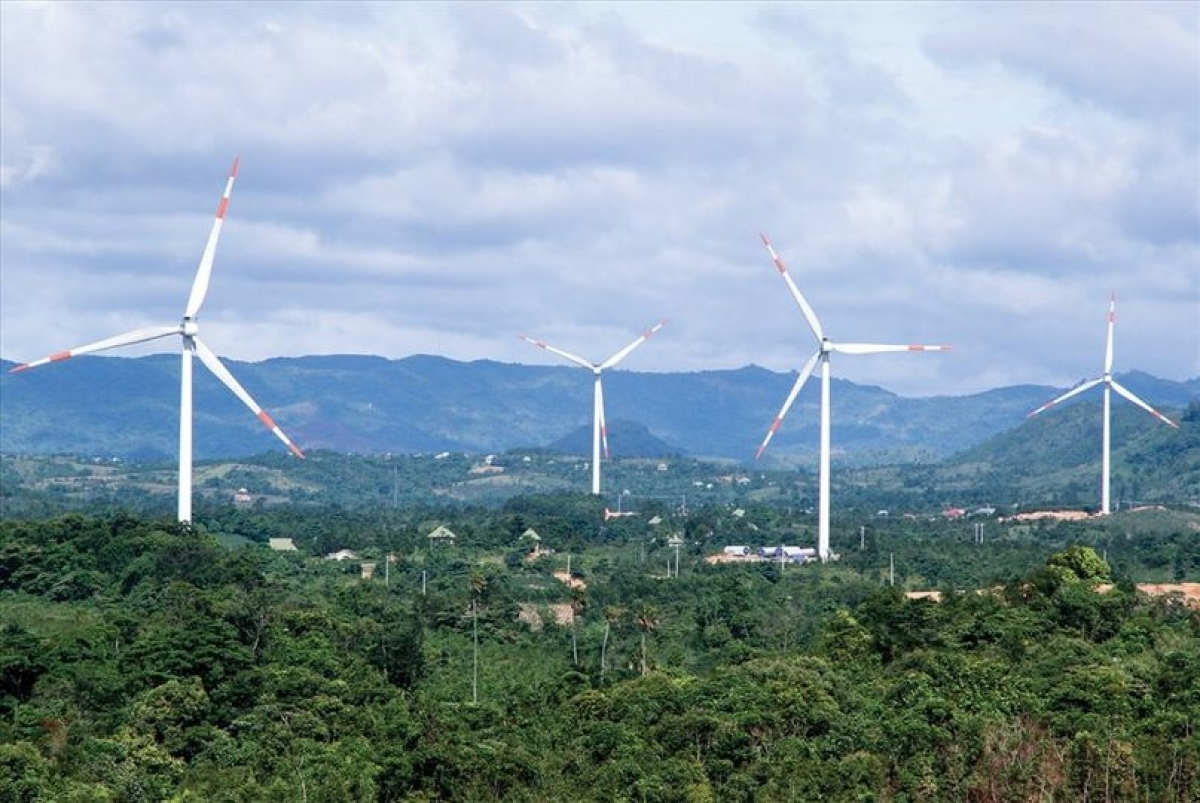Previous electrical planning did not accurately foresee the expansion of renewable energy, resulting in inactivity and inconsistency between policy and market, source and grid planning, and the current shortcomings. Recently, a group of ten alliances and organizations representing over 200 Vietnamese scientists in the fields of clean energy, environmental protection, public health, and climate change submitted written comments on several contents in the Draft Electricity Master Plan VIII, which the Ministry of Industry and Trade released in early September 2021. This collection of organizations, in particular, is focused on removing coal power projects that have not yet been built from the Master Plan while also developing methods to develop renewable energy.
According to this coalition of organizations, the new Draft Power Master Plan VIII still sets a strategy for power production that runs counter to global trends. With the sustained strong development of new coal power in the next ten years, Vietnam will join a small club of countries that oppose the worldwide effort to reduce the use of fossil fuels. Meanwhile, Vietnam is one of the most hit countries by climate change.

Meanwhile, sustainable and green energy development in Vietnam is a Party and State policy and a shared ambition of the entire population. This should be reflected in the National Power Plan for the period 2021- 2030, with a vision to 2045 (Power Plan VIII), which is presently being rewritten by the Ministry of Industry and Trade and is about to be submitted the Government for approval.
The "new draft Power Plan VIII dated September 5, 2021" demonstrates Vietnam's lag behind the global green and clean energy development trend while continuing to shape Vietnam's energy future following the environment. Even while this draft relies heavily on fossil fuels while also impeding the development of renewable energy, it constitutes "back steps" compared to the March 2021 draft, which gained around 3,000 MW of coal power while decreasing roughly 8,000 MW of renewable electricity 2030. Thus, the new coal power capacity will expand by over 20,000 MW over the next ten years. Solar power will only increase by approximately 2,000 MW and will not develop external wind power. The coalition of organizations emphasized the term "offshore."
Furthermore, the collection of organizations stated that limiting renewable energy growth in the next ten years will cause Vietnam to lag significantly behind the world's energy science and technology advances. While many countries are seizing opportunities and accelerating the application of technology solutions to maximize the benefits of renewable energy, such as energy storage, smart grid, distributed renewable energy and combined with agriculture, transportation, and hydrogen production in the Power Master Plan VIII, the option of limiting renewable energy was chosen. There is no roadmap to promote the application of these advances.
"As energy technology develops at a rapid pace, a strategic vision, foresight, and policy breakthroughs are required to capitalize on new opportunities." However, the current proposal does not reflect this. It is repeating the disastrous lessons of earlier power plans, which failed to anticipate renewable energy development five years ago, resulting in passivity and failure. "There is a lack of synchronization between policies and the market, as well as planning of sources and networks, which is producing existing shortcomings," according to the opinion.
Missed out on the potential to acquire investment capital
Referring to the Power Plan VIII's energy development roadmap, the group of organizations stated that the continuation of coal power projects is an expensive option that has ramifications for the economy and is not realistic to implement. The majority of new coal-fired power plants will use imported coal, even though coal costs are skyrocketing.
The coal price in the first six months of 2020 was 98.8 USD/ton, but it has since increased to 159.7 USD/ton, which means an increase of 150%. Meanwhile, the projected coal price for 2030 is only $75/ton. As a result, the coal power generating price listed in the draft is lower than the actual price. When external expenses (health and environmental costs) are considered, the price of coal power generation might rise by another 5 cents/kWh, equivalent to 15-16 cents/kWh, making it more expensive than all renewable energy sources.
With a high amount of fossil electricity, Vietnam's export commodities will be subject to carbon levies imposed by industrialized countries, reducing their competitiveness. Simultaneously, Vietnam will lose the ability to attract foreign direct investment from FDI businesses that require clean electricity to achieve the carbon neutrality goal they have committed to.

Indeed, experiences from the amended Power Plan VII have revealed that several coal power projects are falling behind schedule due to difficulties in obtaining financing. This challenge will arise as many nations resolve to phase out coal-fired power. The divestment movement grows more assertive, and the final remaining countries in the group favor coal power development. Moreover, it was announced that financing would be halted or investment would be redirected to sustainable energy.
"The Ministry of Industry and Trade must eliminate unbuilt coal power plants from the planning process while also prioritizing policy measures to address immediate issues and encourage long-term RE development." We are committed to mobilizing wisdom and expertise, making voluntary contributions, and assisting the Ministry of Industry and Trade and relevant agencies in editing and completing the Draft Power Master Plan VIII to achieve the following goals: requirements to submit to the Prime Minister for approval," the group of organizations recommended./
Nguyen Quynh/VOV.VN